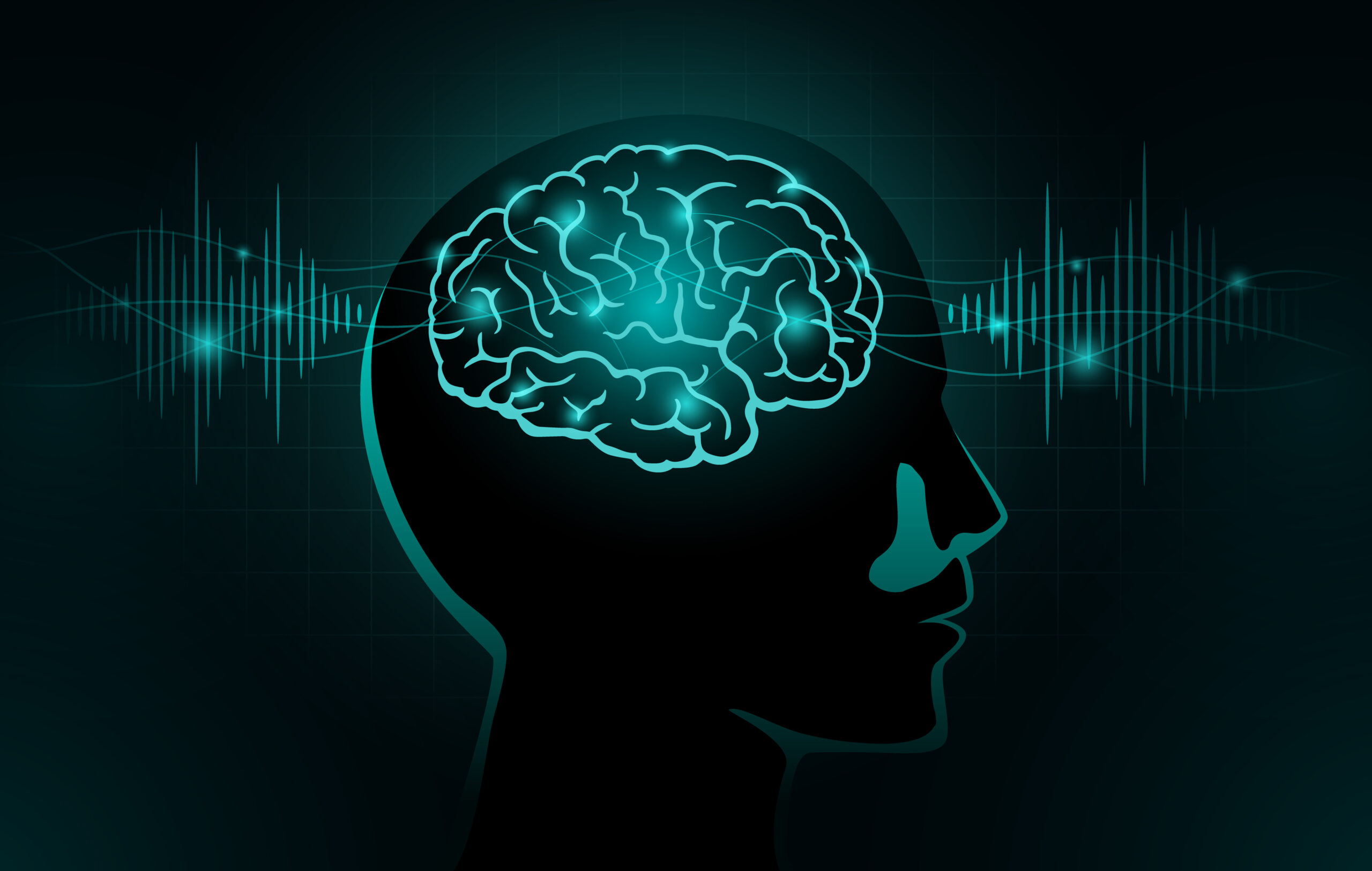The inner workings of the human body remain a mystery to scientists in many ways, but no organ system is a greater mystery than the nervous system. Neurons, which are the basic unit of the nervous system, use electrical signals to share information throughout the brain and body, allowing us to feel, move, and perform thousands of functions that are vital to our survival. When neurons receive electrical signals, they are said to be “activated”, which leads them to send electrical signals to activate other connected neurons. In fact, there is an active area of research within the field of neuroscience that looks into brain activation, using imaging techniques like Magnetic Resonance Imaging (MRI) to visualize brain activity. MRIs use blood flow patterns to identify what regions of the brain are being activated for a particular task (meaning, those regions are being “used”). Using these techniques, scientists have been able to identify that typical activity patterns can vary in patients with neurological diseases, such as Parkinson’s Disease (PD). Through those discoveries, researchers developed a relatively new treatment called Deep Brain Stimulation (DBS) that has been shown to help patients with PD, epilepsy, and other brain diseases.
Embed from Getty Images
DBS involves placing an implant in a deep brain region and requires precise surgery.
Image Source: VladSt
DBS is a surgical procedure by which an electronic implant is placed strategically in the brain to measure brain activity and adjust any abnormal activity by directly stimulating brain regions that are not behaving typically. DBS has been used most widely for patients with PD, where common symptoms include loss of motor function and tremors. Typically, these devices are implanted in regions of the brain that contribute to movement or areas that have been compromised due to PD. When implanted with a stimulator, patients have even regained some motor functions, improving their quality of life. For example, in this video, you can see a patient with PD have much more motor control after getting a DBS device implanted in their brain. Overall, this procedure has allowed many people with neurological diseases to regain motor function such that they can pick up and use small items like a spoon or pencil on their own, or even regain their walking ability. This research is actively and rapidly changing the neurosurgical field as surgical techniques and implants get more and more efficient. With more research, we hope that DBS can be applied to many more brain conditions.
Featured Image: logo3in1










